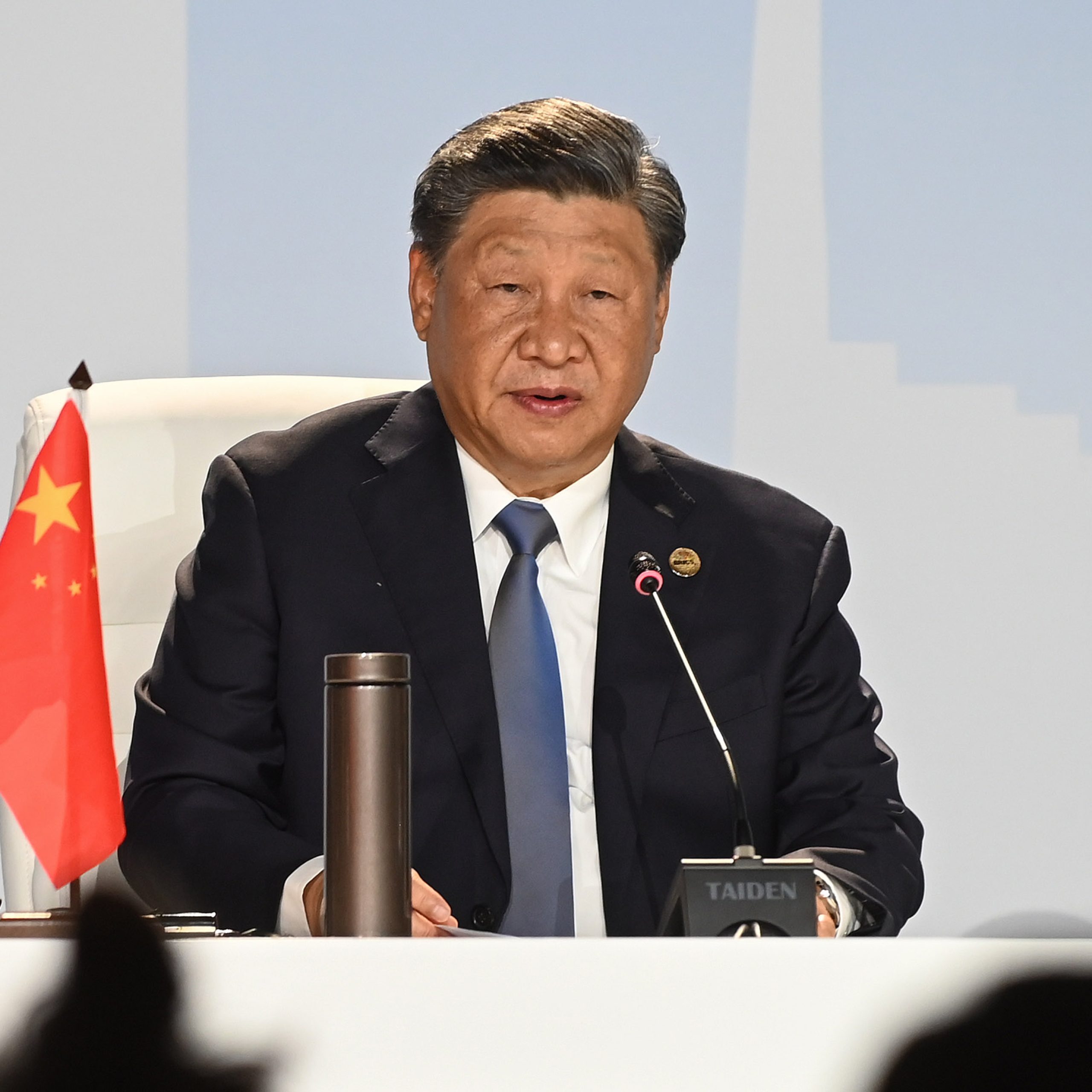As President Xi Jinping trumpets the march towards “high-quality development” in China, a cloud of ambiguity hovers over the global economic landscape. This increasingly used but enigmatic term has become Xi’s mantra, echoed incessantly in speeches, but its practical implications remain as clear as mud. The world is left scratching its head: What exactly is China’s economic game plan under Xi’s leadership?
Decoding the High-Quality Development Mantra
The phrase “high-quality development” isn’t just some buzzword; it’s Xi’s golden ticket to a reimagined economic future for China. Yet, this ticket seems to lack clear instructions. Mentioned a record 128 times in 2023, it’s like Xi’s favorite new toy, albeit one without an instruction manual. The concept, first introduced in 2017, hints at a shift from reckless speed to sustainable growth, a transition from a debt-fueled sprint to a well-paced marathon. But, let’s face it, in the world of economic policy, vague is the new black.
Xi’s vision of a finely tuned economic machine emphasizes sustainability and innovation. However, vague aspirations are like trying to nail jelly to the wall. They slip and slide in all directions, leaving economists and investors in a perpetual state of guesswork. It’s like being on a treasure hunt without a map. You know there’s something valuable to find, but you’re not quite sure where to start digging.
The Ripple Effects on China’s Economic Landscape
This ambiguity isn’t just a philosophical dilemma; it has real-world consequences. The Chinese economy, once a dragon roaring at double-digit growth, is now more like a panda – still powerful but moving at a more leisurely pace. With the property sector in a slump, consumer demand waning, and geopolitical tensions simmering, Xi’s cryptic slogan doesn’t offer much in the way of reassurance or direction. It’s akin to a captain announcing, “We’re sailing somewhere great!” without revealing the destination or route.
In the face of these challenges, Xi’s strategy seems to be a blend of old and new. While clinging to the ethos of “development is the hard truth,” there’s a twist. Development, yes, but at what cost and in what form? This riddle is at the heart of Xi’s economic agenda. It’s like trying to solve a Rubik’s cube that keeps adding more colors.
So, where does this leave China on the global stage? Once poised to overtake the US as the world’s largest economy, that goal now appears to be a moving target, pushed further into the future. Demographic issues, a real estate crisis, and an increasingly complicated international standing are not just speed bumps; they’re roadblocks. The expectation of China’s economic supremacy taking the front seat soon is fading into the rearview mirror.
Moreover, Xi’s economic rhetoric has implications beyond China’s borders, influencing global markets and international trade relations. The focus on “high-quality development” hints at a deeper restructuring of China’s role in the world economy, potentially impacting everything from the Belt and Road Initiative to foreign direct investment strategies.
As China shifts gears, its traditional role as the world’s factory could undergo significant changes, impacting global supply chains and trade dynamics. This transition could lead to increased emphasis on technological innovation and green energy, aligning with global sustainability trends. However, this pivot also raises questions about the future of China’s massive manufacturing base and its labor market.
In essence, Xi’s “high-quality development” is a jigsaw puzzle with several pieces still missing. It’s a grand vision, no doubt, but as with any grand vision, the devil is in the details – or, in this case, the lack thereof. The world watches, waits, and wonders: what will this new chapter of China’s economic story really look like? Will it be a tale of sustainable success, or a narrative of ambition clashing with reality?





